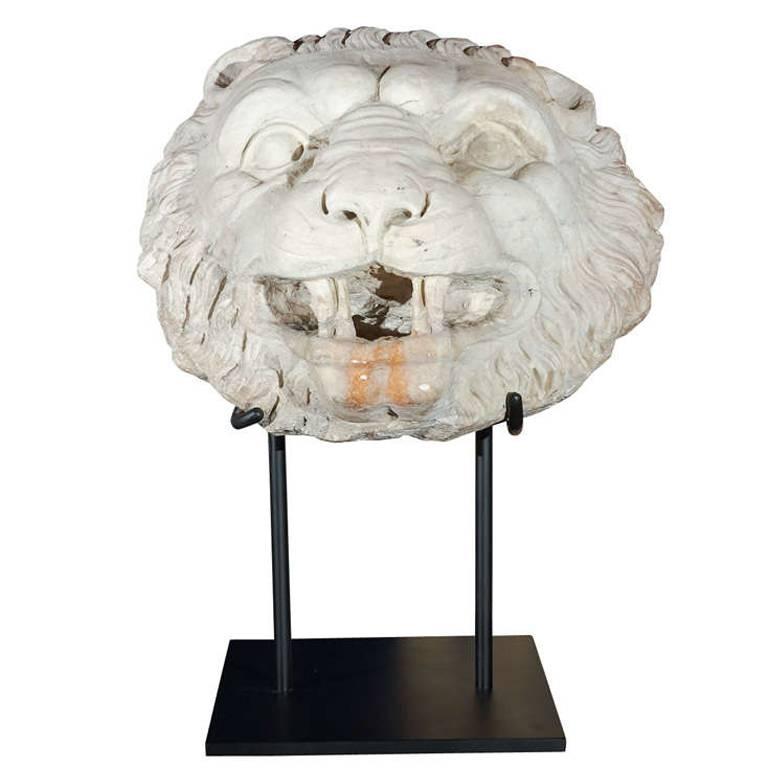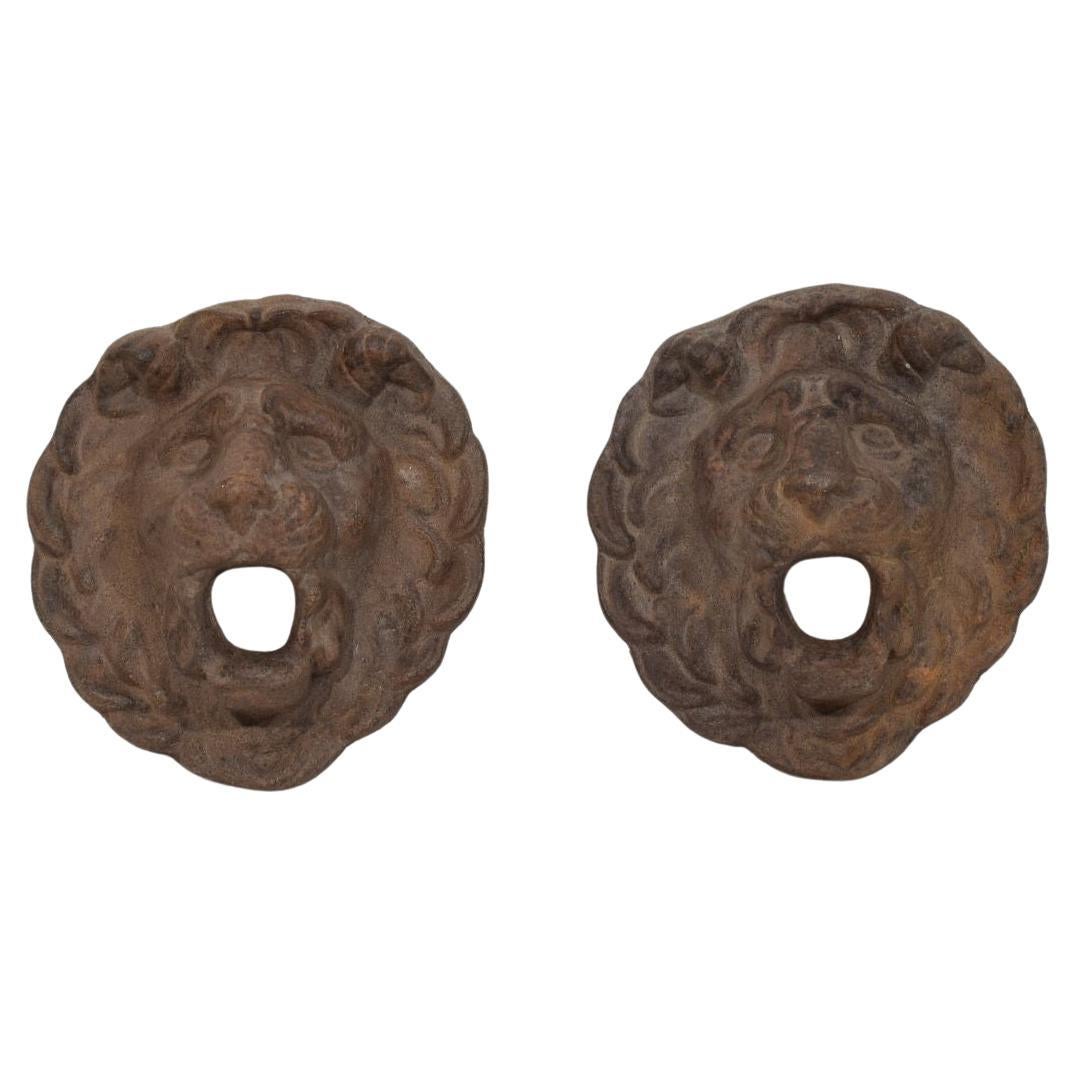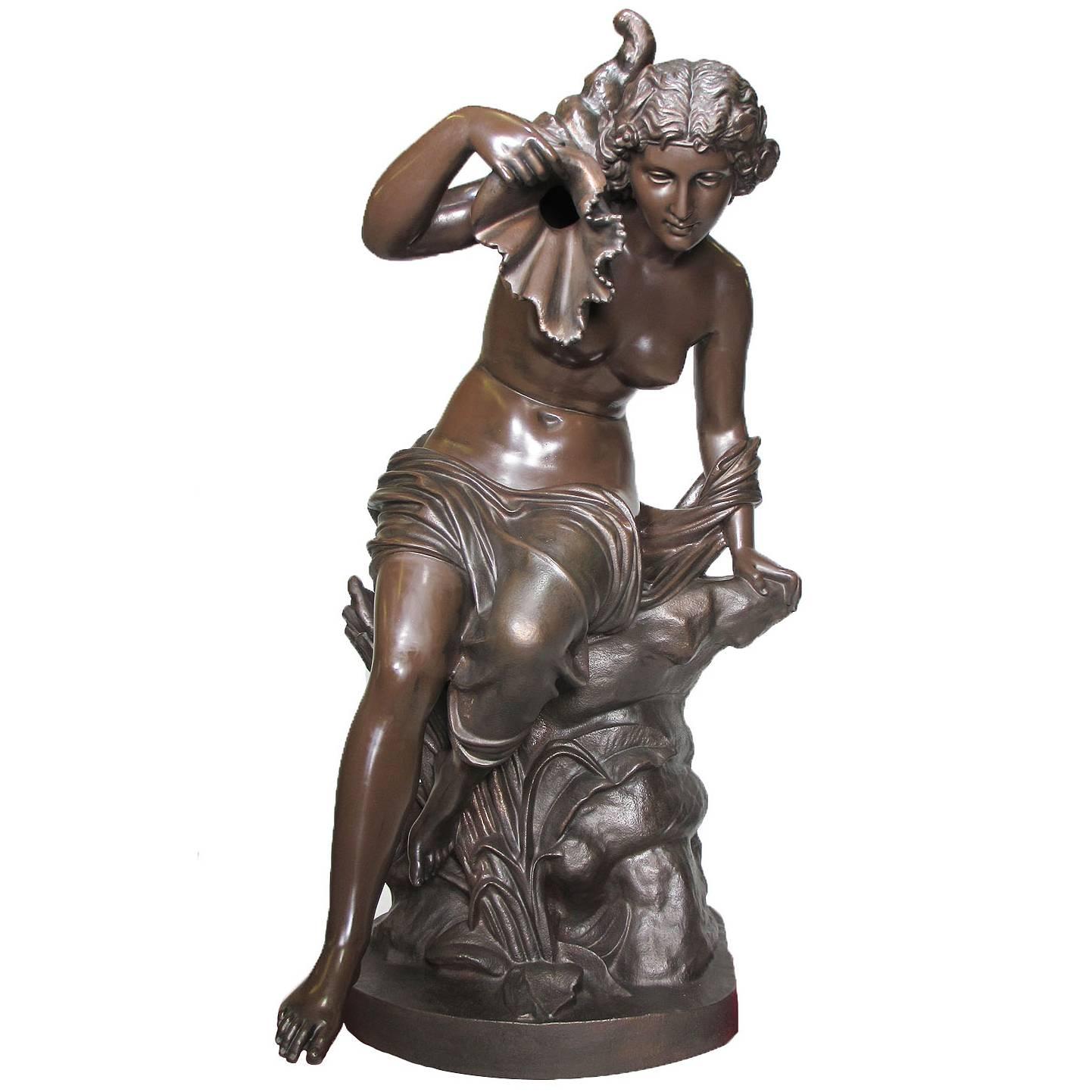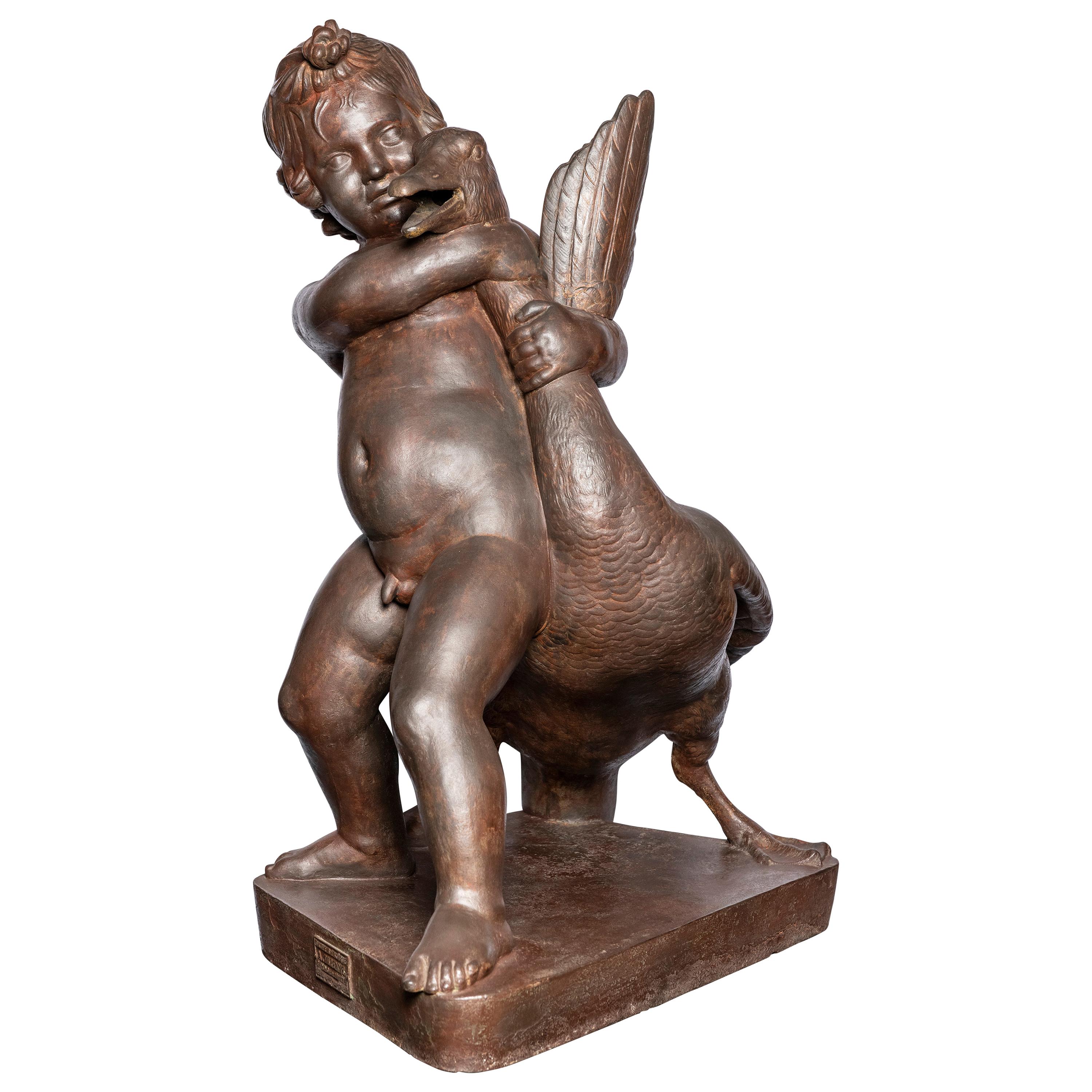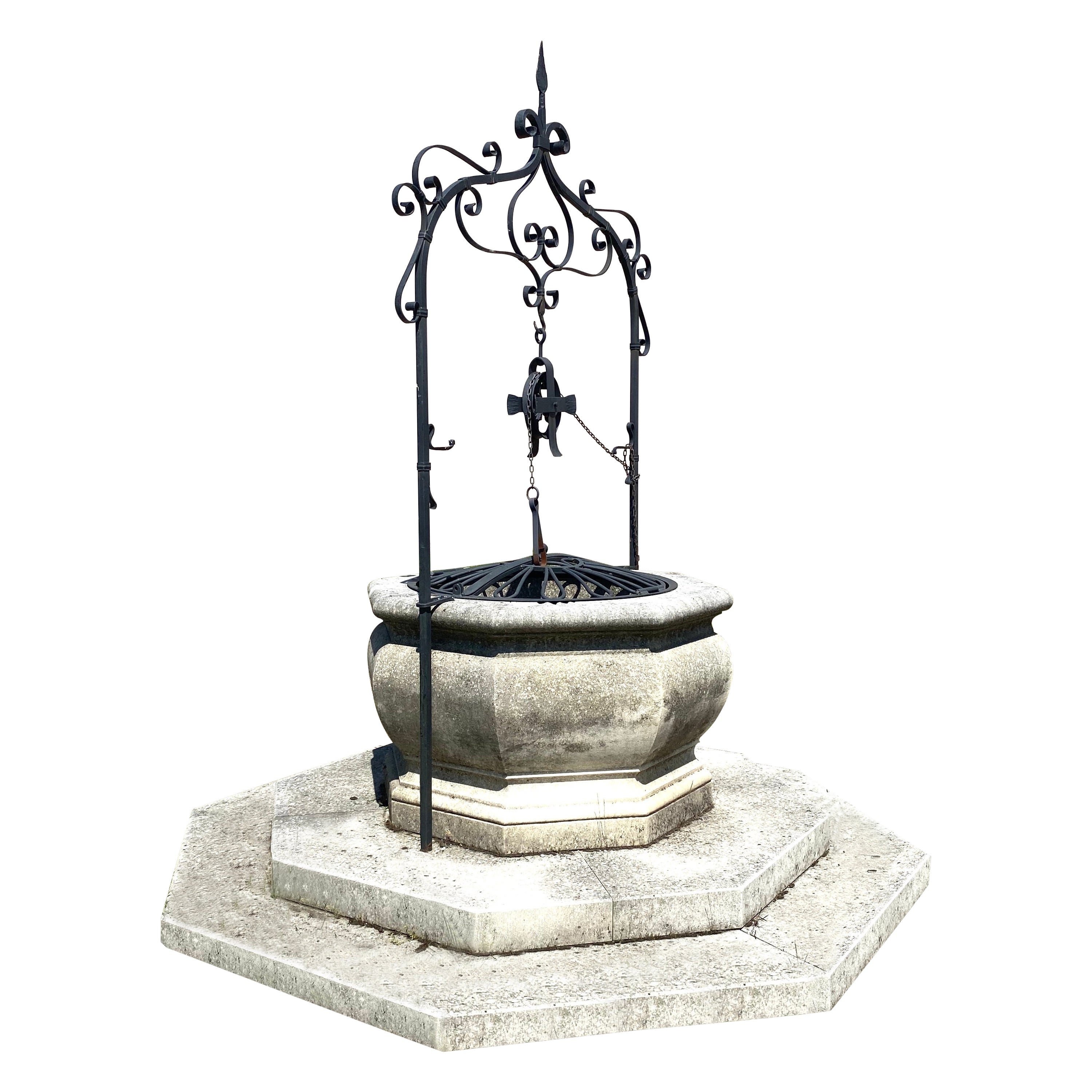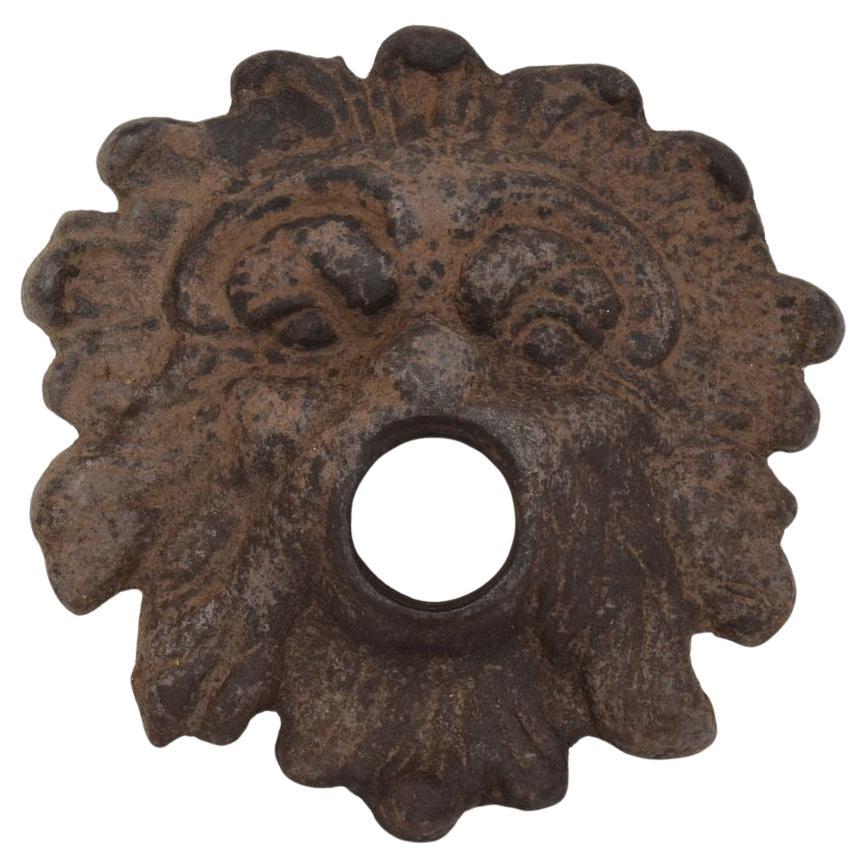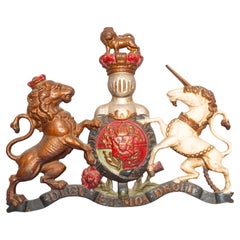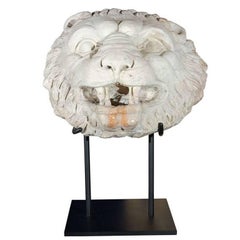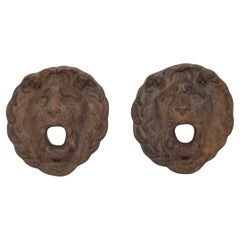
Pair of Victorian Cast Iron Lion Form Well Heads
View Similar Items
Want more images or videos?
Request additional images or videos from the seller
1 of 9
Pair of Victorian Cast Iron Lion Form Well Heads
About the Item
- Dimensions:Height: 5 in (12.7 cm)Diameter: 10.5 in (26.67 cm)
- Style:Victorian (Of the Period)
- Period:
- Date of Manufacture:1860
- Condition:
- Seller Location:Essex, MA
- Reference Number:1stDibs: LU83815090483
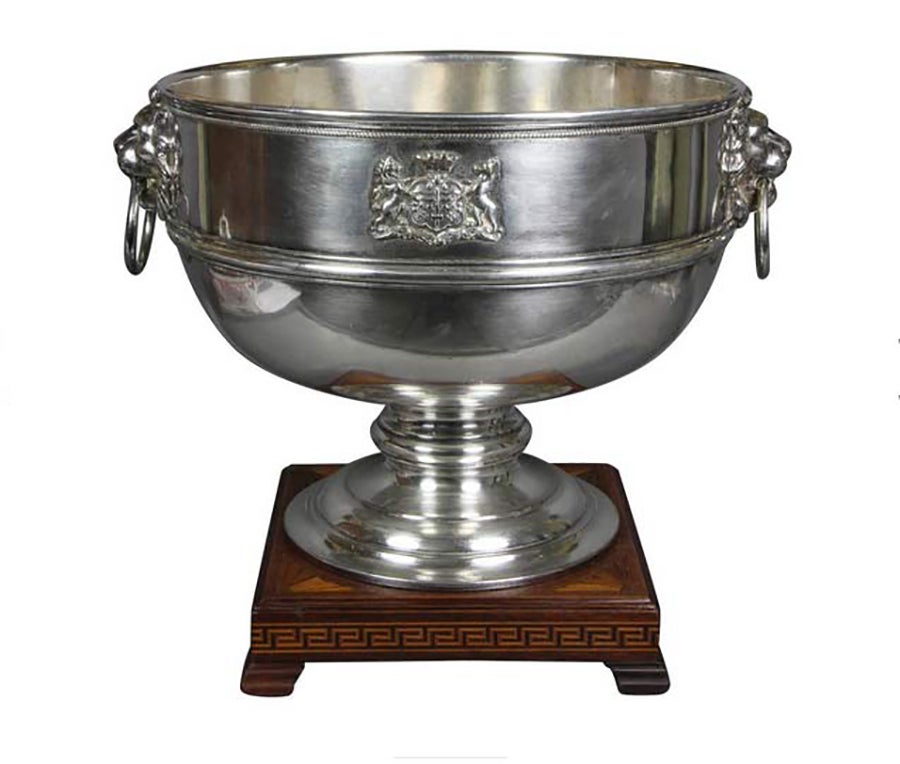
About the Seller
4.9
Gold Seller
These expertly vetted sellers are highly rated and consistently exceed customer expectations.
Established in 1985
1stDibs seller since 2007
816 sales on 1stDibs
Typical response time: 2 hours
Associations
The Art and Antique Dealers League of America
More From This SellerView All
- Victorian Painted Cast Iron Crest Of The United KingdomLocated in Essex, MATypically used over a public building. Purchased at an antique show in Boston in the 1980s. Heavy with original paint.Category
Antique 1880s English Victorian Mounted Objects
MaterialsIron
- French Cast Iron Horse Head Hitching PostLocated in Essex, MAStamped Milinaire Frere, Paris.Category
Antique 1890s French Animal Sculptures
MaterialsIron
- Pair of Wrought Iron Dog Head AndironsLocated in Essex, MAPossibly by Samuel Yellin. Heavy and well wrought with dog head finial with ring, bracket legs with inner scroll and shields. Great quality and patina.Category
Antique Late 19th Century American Andirons
MaterialsWrought Iron
$5,800 / set - Pair of Victorian Bronze Two Arm Candelabra in the Form of Cranes by AbbottLocated in Essex, MAHeavy patinated bronze with inscription Amor. Vincit. Omnia. Ao. 1643.Category
Antique 1850s English Early Victorian Candelabras
MaterialsBronze
- Victorian Carved Oak LionLocated in Essex, MAA well carved standing lion with front foot on an sphere. Rectangular base. Amherst Massachusetts estate.Category
Antique 1850s European Animal Sculptures
MaterialsOak
- Cast Iron Figure Of A Seated DogLocated in Essex, MALarge heavy seated male dog. Well cast with nice details.Seated on a plinth base.Category
Antique Mid-19th Century European Animal Sculptures
MaterialsIron
You May Also Like
- French, 19th Century Cast Iron Lion Fountain HeadLocated in Buisson, FRWonderful cast iron fountain head with a great expression, France, circa 1850-1900. Weathered. H:27cm W:25,5cm D:10cmCategory
Antique 19th Century French French Provincial Fountains
MaterialsIron
$1,071 Sale Price45% Off - 17th Century, Carrera Marble Lion Fountain HeadLocated in Newport Beach, CAStunning, solid white, Carrara marble lions head from a fountain in Florence featuring a flowing main and a fabulous patina. Mounted on a custom, iron base. The piece hails from the ...Category
Antique Early 1600s Italian Sculptures
MaterialsMarble
- Couple French, 19th Century Cast Iron Lion Fountain HeadsLocated in Buisson, FRWonderful and rare couple of small cast iron fountain heads with a great expression, France, circa 1850-1900. Weathered. Measurement is individual. H:20cm W:18,5cm D:8,5cmCategory
Antique 19th Century French French Provincial Fountains
MaterialsIron
$1,093 Sale Price / set47% Off - Cast Iron French Empire Style Lion Head Outdoor Garden Wall Water Fountain WhiteLocated in Philadelphia, PACast Iron French Empire Style Lion Head Outdoor Garden Wall Water Fountain (Black). Item features heavy cast iron construction, desirable weathered patina, approx. 40 lbs each. Does ...Category
Late 20th Century Empire Fountains
MaterialsIron
- Large French 19th Century Cast-Iron Fountain Figure of a Seated Nude MaidenBy J.J. Ducel Me de Forges 1Located in Los Angeles, CAA Fine and Large French 19th Century Cast-Iron Fountain Figure Modeled as a Nude Maiden Seated on a Rocky Outcrop Holding a Cornucopia in Her Raised Right Hand, by J.J Ducel. Cast-Signed "J.J. DUCEL Me de FORGES, PARIS". Circa: Paris, 1880. A retailer of fine cast-iron ornaments, J. J. Ducel was recorded as supplying cast-iron works through Paris as early as 1810 in the Pas-de-Calais. The factory was sold in 1878 to the Fonderie de la Haute-Marne and all of the firm's models were subsequently bought by the Val d'Osne foundry. However, prior to the firm's sale, critics at the 1867 Paris Exposition Universelle proclaimed that "Ducel is the great manufacturer of works in cast-iron, to whom Paris is so largely indebted for the grace and elegance that supply so many of the adornments of its streets". Ducel, Val d'Osne and other associated foundries produced both bronze and cast-iron statuary. Cast-iron is corrosive, whereas non-ferrous bronze does not suffer the same detrimental effects of weathering and is therefore a superior and more expensive material. Height: 51 1/2 inches (130.8 cm) Width: 22 inches (55.9 cm) Depth: 30 inches (76.2 cm) The foundry of Val d'Osne became highly regarded for the varied nature and quality of its castings in the second half of the 19th century. Commonly known after 1870 as simply Val D'Osne, the company was originally founded by J.P.V. André in Val d'Osne 1835 and developed rapidly, absorbing smaller foundries in the Haute-Marne area east of Paris. The foundry contributed to the London International Exhibition of 1851, where a bronze fountain cast with classical figures attracted much attention. André also specialised in fancy castings and architectural fittings. His Paris adress was at 14 Rue Neuve, Menilmontant. In 1855 the Barbezat & Cie Foundry was born out of the André workshop. In 1867 Barbezat & Cie changed its name to Houille & Cie. Then, in 1870, it changed its name to Société Anonyme du Val d'Osne. With the change of name came the change of casting mark and adress: Fonderies d'Art du Val d'Osne, 58 Bd Voltaire, Paris or simply Val d'Osne. Cast-iron had been in production during the 18th century but its inferior status to the more fashionable and delicate wrought-iron had generally confined its use to architectural work. By the early 19th century, however, rapid developments of the Industrial Revolution combined with the simultaneous burgeoning of a new middle class provided the impetus for a dramatic expansion in its application and in a short space of time a proliferation of iron foundries across Europe and America thrived on the production of everything from inkstands to railway stations. The use of cast-iron for garden ornament became particularly widespread at this time, as the possibilities for its mass-production at a fraction of the cost of bronze made it the material of choice for indoor/outdoor statuary...Category
Antique 19th Century French Classical Greek Figurative Sculptures
MaterialsIron
$24,850 Sale Price44% Off - Italian Renaissance Style Wrought Iron Wishing Stone Well HeadLocated in Rome, ITA fine Italian carved limestone and wrought iron wishing well head from the Veneto area. Great decoration for your garden. It may also be used as a...Category
20th Century European Renaissance Fountains
MaterialsLimestone
Recently Viewed
View AllMore Ways To Browse
Garden Fountain Lion
Lion Head Fountain
Antique Cast Iron Lions Head
Fountain Heads Pair
Cast Iron Lion Fountain
Lion Head Cast Iron Fountains
French Antique Furniture Los Angeles
Los Angeles Antique Dealer
Vintage Style Fountain
Water Fountain Basin
French Stone Basin
Center Garden Fountain
Antique Iron Fountain
Antique Italian Garden Fountain
Antique French Water Fountain
Stone Basins
Garden Fountain Head
18th Century French Fountain

